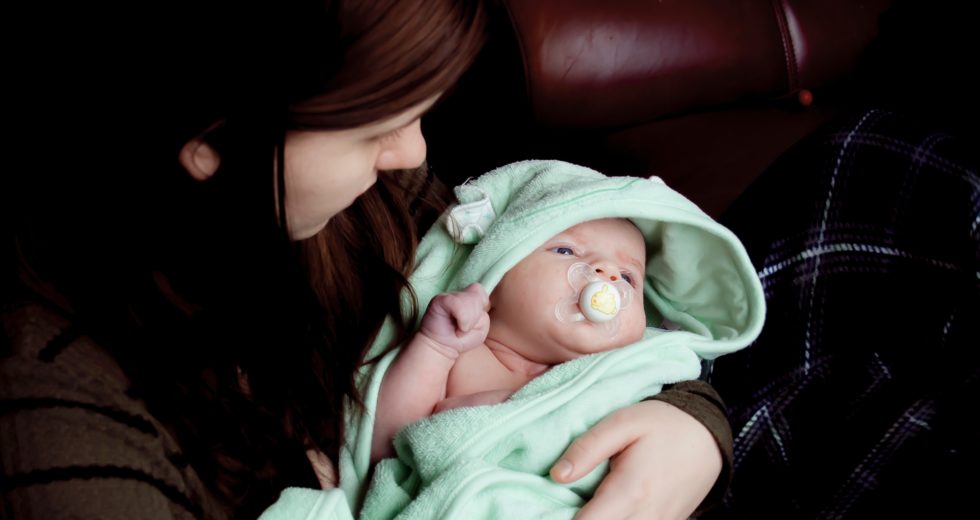Early Home Visiting

Since the early 1970s, home visiting programs have proliferated in the United States. They have been promoted as a way to engage parents in their child’s early learning, to insure new mothers and infants have access to high-quality health care, and to reduce the risk of maltreatment or poor developmental outcomes. As early as 1989, states used Medicaid dollars to support early home visiting. Early federal investments in home visiting also were available through the Child Abuse Prevention and Treatment Act.
In 2010, Congress passed the Maternal, Infant and Early Childhood Home Visiting Program as part of the Patient Protection and Affordable Care Act. The bill provided for a $1.5 billion public investment to assist states, territories, and tribal entities in replicating evidence-based, targeted home visiting programs and building a comprehensive early childhood system to promote the health and safety of pregnant women, children ages 0–8, and their families. This legislation, reauthorized for an additional five years in 2018, dramatically increased home visiting services across the country. The video below provides a visual of how home visiting spread throughout the country, as seen through the lens of five evidence-based home visiting models. These five include four of the oldest and most widely available models in the country (Healthy Families America, Home Instruction for Parents of Preschool Youngsters – HIPPY, Nurse Family Partnership, and Parents as Teachers) as well as one of the newer models gaining increased attention (SafeCare).
Chapin Hall has published a broad body of research on early home visiting initiatives across the U.S. From planning to implementation to evaluation, Chapin Hall researchers have helped communities improve the services that support new parents and their children.
Evaluation of the Fussy Baby Network Advanced Training
The Facilitating Attuned Interactions (FAN) approach, developed by Erikson Institute’s Fussy Baby Network®, aims to build parenting capacity and self-efficacy by encouraging home visitors to focus on parents’ concerns and needs. Chapin Hall’s evaluation of the FAN training found that using the approach helped staff understand and regulate their own feelings and see parents’ perspectives. In turn, home visits were more collaborative and parents felt more confident, as home visitors supported them in solving their own problems.
Making Replication Work for Evidence-Based Early Childhood Home Visiting Programs
Proving a program works is one challenge. Replicating it is another. The inability to scale-up programs, particularly ones that have been found effective through rigorous research, is a major frustration for policy makers. For early childhood home visiting programs, the solution may lie in organizational culture, aligned participant and provider goals, and cooperation within the local provider network.
Pew Home Visiting Data for Performance Initiative
Early home visiting programs strive to promote maternal well-being and healthy child development. They work toward these goals by coaching parents on how to build safe, stable, nurturing relationships with their young children and helping them access needed community-based services. To understand whether these programs work, providers, funders, and policymakers need a set of tools to measure progress toward common outcomes.
Strong Foundations Initiative
Illinois received federal funding to study its infrastructure to support evidence-based home visiting programs for the prevention of child maltreatment. Chapin Hall researchers published a series of reports looking at the state’s Strong Foundations initiative, a public-private partnership to enhance the state infrastructure that supports close to 200 evidence-based home visiting programs in Illinois.


 Thank you for your interest in Chapin Hall’s research. Please share some information to access this file.
Thank you for your interest in Chapin Hall’s research. Please share some information to access this file.